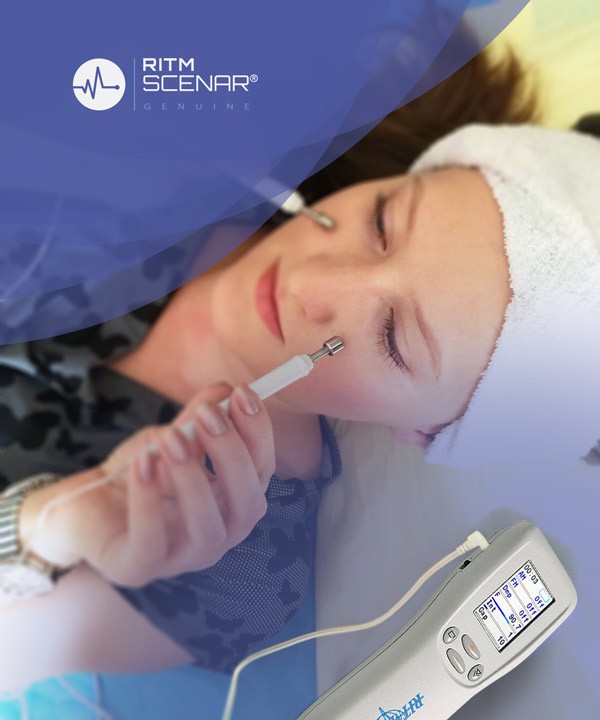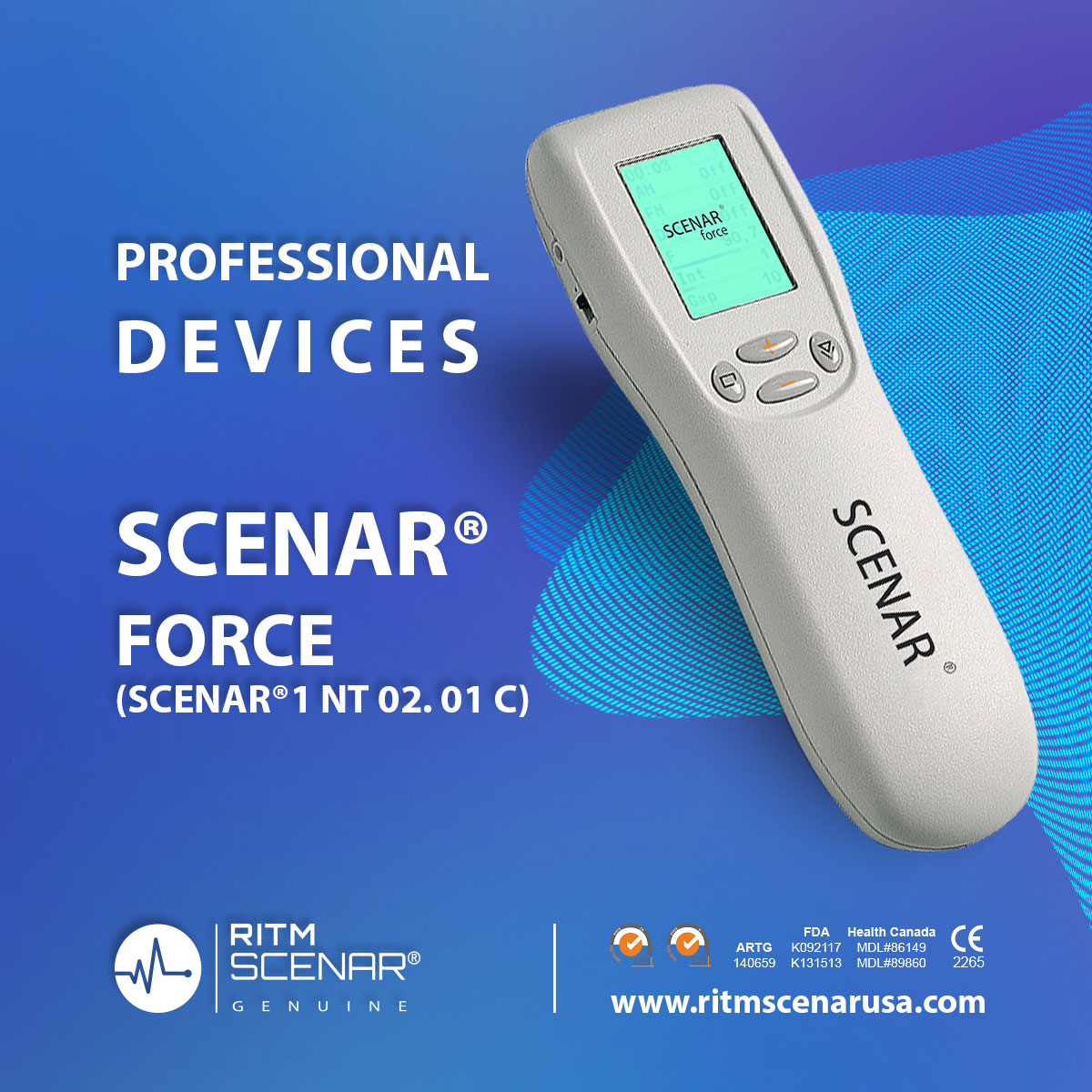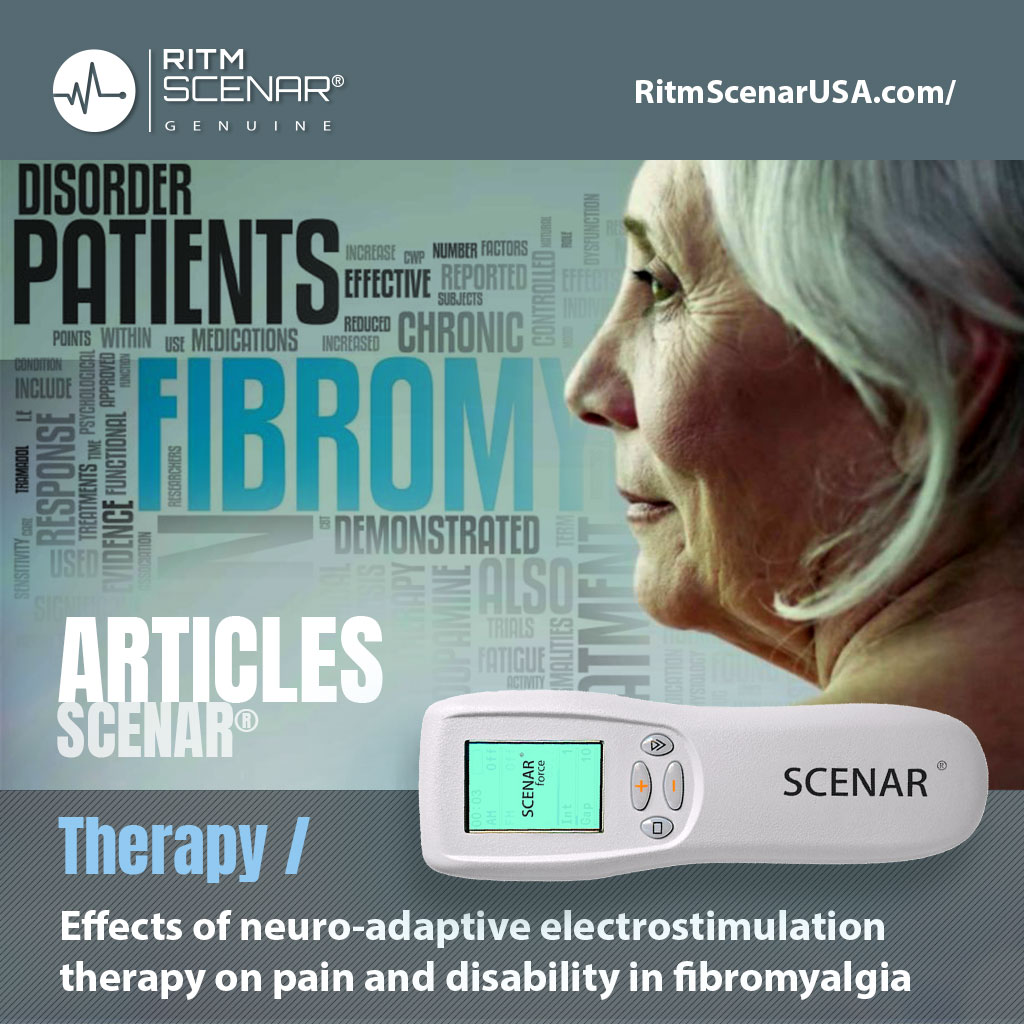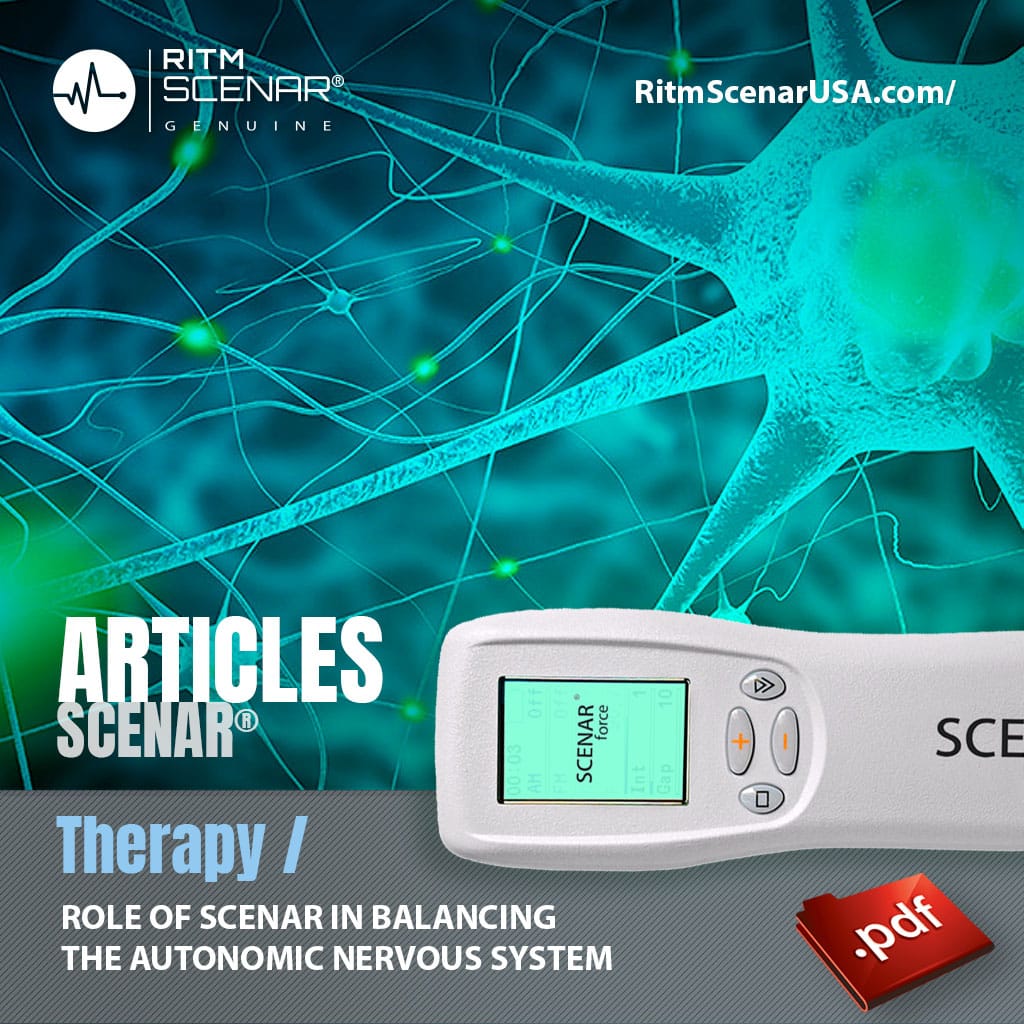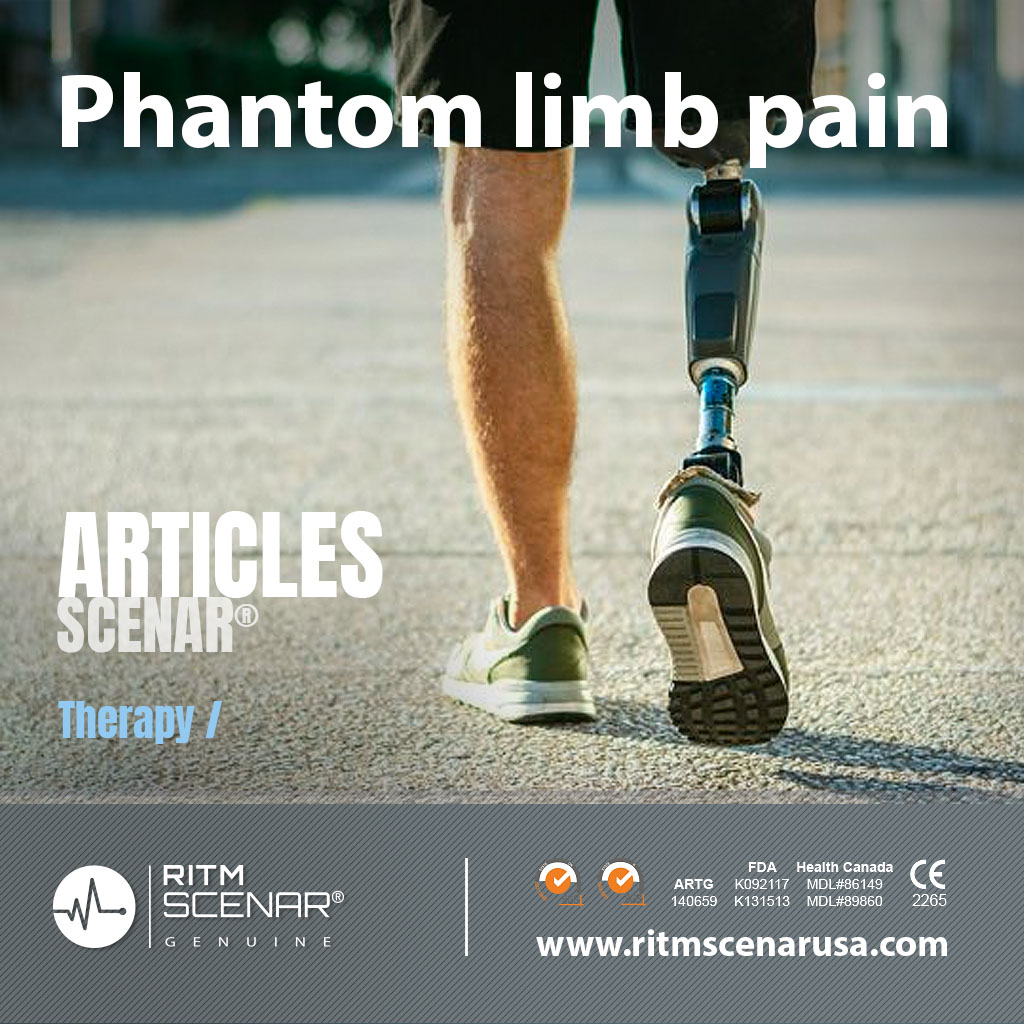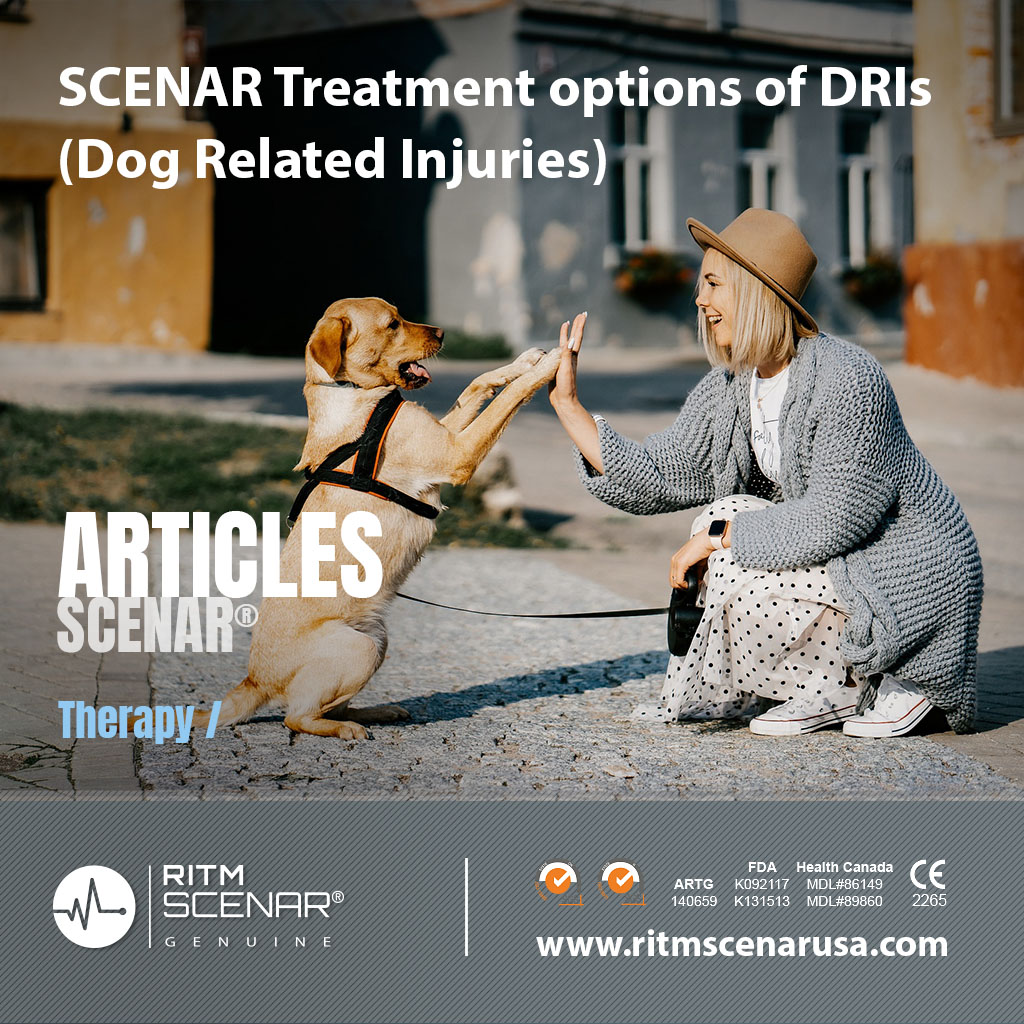Dr. Brandy Rose Lipscomb
SCENAR Therapy for Pain Relief: An Introduction with Case Studies
SCENAR Therapy – it is likely that most of you have never heard of it, so allow me to briefly introduce you. The RITM SCENAR medical device is a non-invasive biofeedback device designed by the Russians for their Space Program in the 1980s. SCENAR stands for Self-Controlled Electro/Neuro Adaptive Regulator. With one sensor sending out carefully modulated electrical impulses and the other sensor reading the impedance of the cutaneous nerves, a biofeedback circuit is established between the device and the brain.
TENS units are widely popular pain relief devices that work well for brief periods of time. However, TENS does little to stimulate a person’s innate healing ability, or VIS. In addition, with TENS the decision of where to put the device on the skin is guess work.
SCENAR therapy is different because with a small hand-held device you can apply certain “dosing” modes that allow you to take readings of impedance on the skin. These values will reliably help you pinpoint the source of pain and deliver treatment directly to that source.
Also, instead of sending the same electrical waveform repetitively, the device is constantly applying the information from the body to send a waveform that will create the desired change in the body. The high amplitude, millisecond spikes of electrical current stimulate the C-fibers in the nervous system. The stimulation of obstinate C-fibers in a local area activates the right and left anterior insula in the brain, which is responsible for homeostasis and the brain’s overall perception of pain. The C-fiber stimulation also causes a local release of endogenous opioid peptides such as enkephalins, endorphins, dynorphins and sensory neuropeptides such as Substance P and Calcitonin Gene-Related Peptide.
The following case studies represent what a therapist can achieve with the SCENAR once they have been properly trained in how to use the device.
Case studies:
A 19-year old female came to me looking for a way to address the chronic, constant headache that she rated at an 8/10 intensity since falling off a 12-foot cliff on an ATV and sustaining a head injury six years ago. She stated that she had tried everything from chiropractic and acupuncture to consults with several neurologists and found no relief. We did three simple SCENAR treatments, each lasting approximately 10-15 minutes, focusing on the temples and the center of the forehead at a frequency of 160 and comfortable energy. She felt noticeably better with each treatment and walked out after the third treatment at a 0/10 pain level. I saw her a month later at a local festival where she brought her father over to introduce me as “The lady who cured me!”
A 56-year old man walked into my office asking questions about treatment for his shoulder injury. He had attempted to lift a 150 pound piece of equipment several times in one day and could no longer lift his right arm above 90 degrees. Orthopedic testing indicated a severe sprain/strain of the supraspinatus tendon and the long head of the bicep. We engaged in a series of five SCENAR treatments with various protocols for shoulder injuries over 3 weeks. I had him explore his range of motion while receiving treatment and we also treated the opposite shoulder. By the end of the 5th treatment his range of motion and strength were fully recovered in the right shoulder. He said that the stress relief from the treatments caused him to reconsider his drinking habits, and was down from 14 beers each night to 5-6 beers.
A 36-year old female who suffered a thrombotic stroke four years prior came in complaining of residual paresthesia and numbness in her left arm. After two 30-minute treatments, she came back for her third treatment and reported that her arm “felt like a normal arm” again and had not experienced any paresthesia since her second treatment.
Personally, I developed a very red, swollen and painful plantar arch in my left foot after 3 hours of cross-country skiing on old gear. I had experienced this injury in the past and it took about two weeks to heal. Within 5 minutes of using the SCENAR device on my foot, the redness, pain and swelling were gone and, to my surprise, did not return.
I am also using the device to treat my own ‘surfer’s eye’, otherwise known as pterygium, and after one month of daily therapy according to a specific protocol, my pterygium has shrunk by over half and no longer cause redness or pain in my eyes.
These are just a few brief examples of the cases I have seen respond beautifully to SCENAR therapy. I was doing painful injection procedures and manual therapies for pain relief prior to becoming a SCENAR therapist. Now I rarely find the need for such invasive and painful approaches to healing. As naturopathic doctors, one of our founding principles is to stimulate the body’s innate capacity to heal. SCENAR therapy is my answer to this aim.
If anyone is interested in learning more, I would be happy to talk with you.
RITMSCENAR has developed specialized protocols to establish guidelines and direct treatment with reliability and ease.
wanp.org/scenar-therapy-for-pain-relief-an-introduction-with-case-studies
